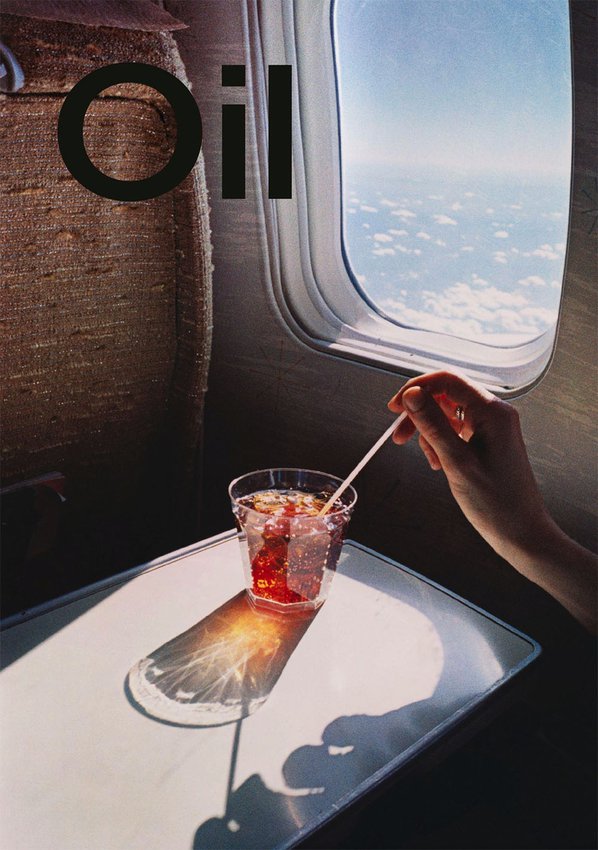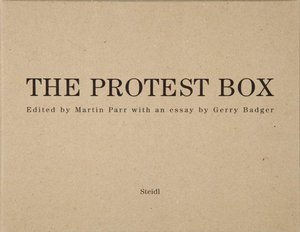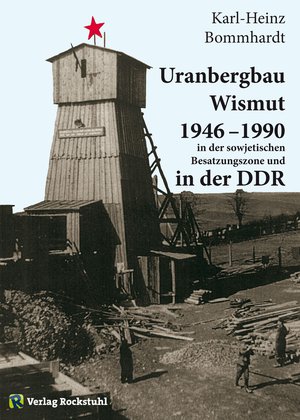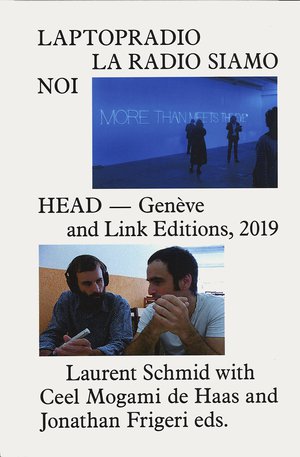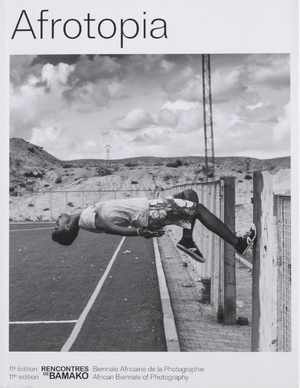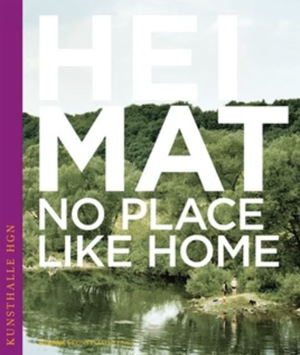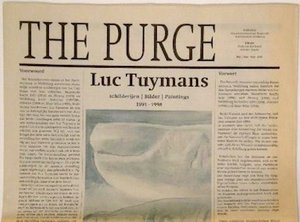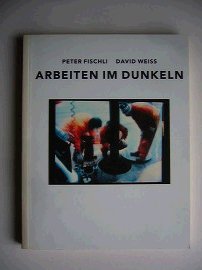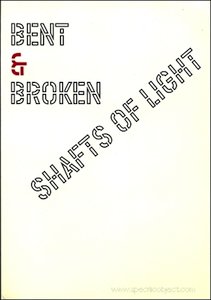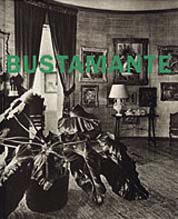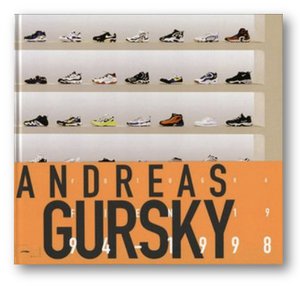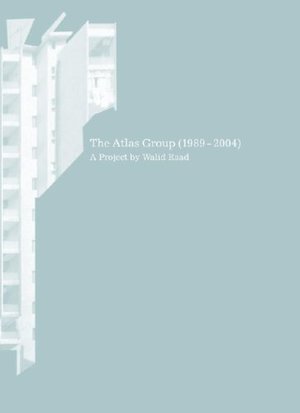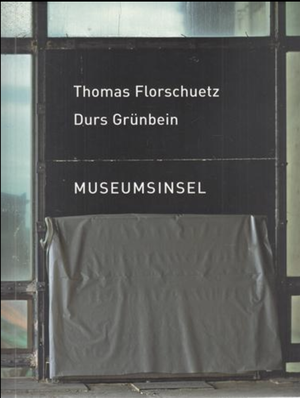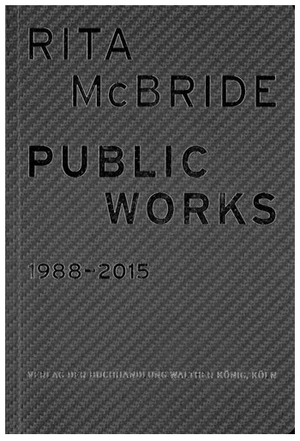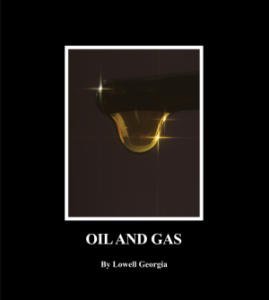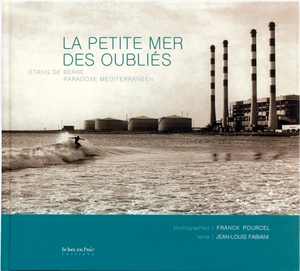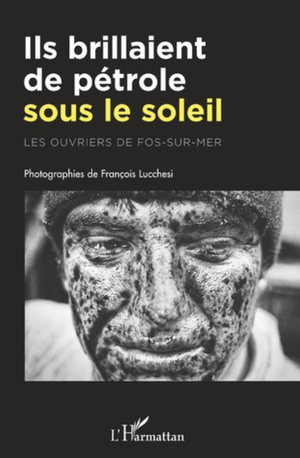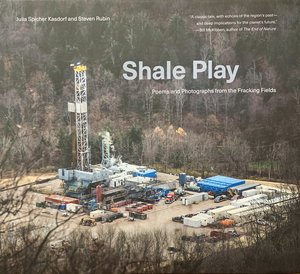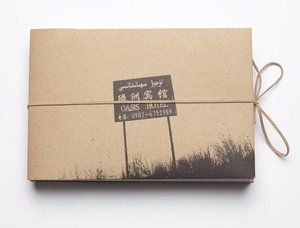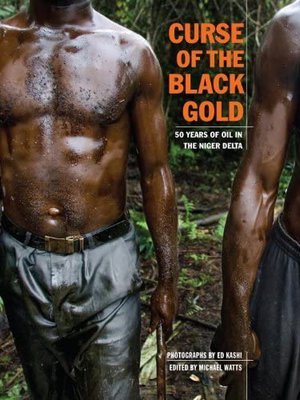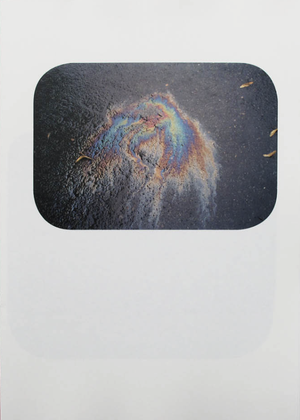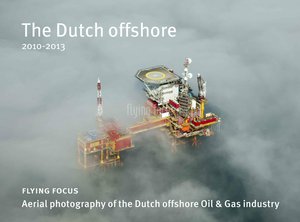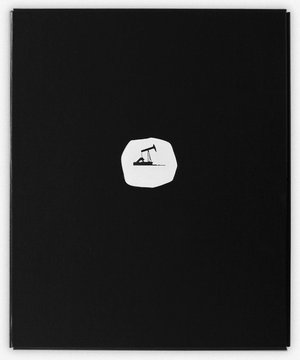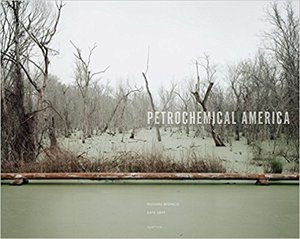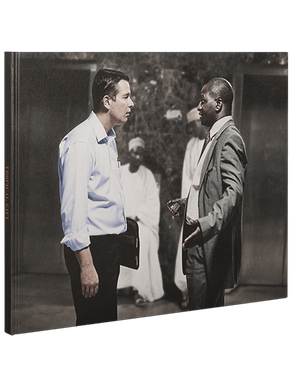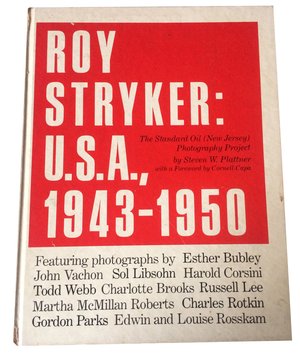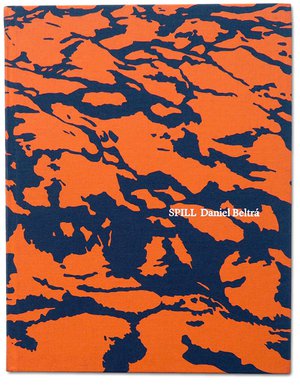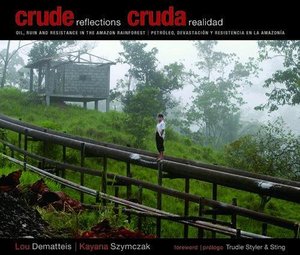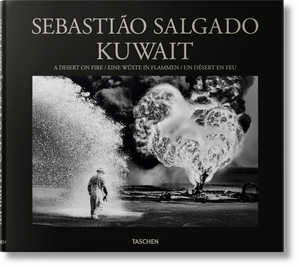Publisher Note
Publication in occasion of the exhibition at Kunstmuseum Wolfsburg
No other substance will have shaped societies in the twentieth and early twenty-first centuries as much as oil—countless materials and key technologies, cultural products, ways of life, knowledge, visions, values and emotions, as well as conflicts, injustices, and abysses of our time owe their existence to the energy density and transformability of the ambivalently shimmering “black gold.” Concerns about oil wells running dry are as old as the Petrol Age itself. It is, however, not the finite nature of the resource, but rather the fight against global warming and mountains of plastic waste that is now heralding the dusk of the “Petrol Age.”
From a fictional future, the exhibition Oil. Beauty and Horror in the Petrol Age takes a look back at the petromodernism that has lasted roughly 100 years: What is typical of this time, what is great and beautiful, what is ugly and terrible, and how is all this reflected in art and culture?
John Gerrard’s Western Flag (Spindletop, Texas) marks the beginning and end of the petromodern era. His digitally generated black flag poses urgent questions about the reordering of the world while reminding us of the greatest petromodern excesses. Petroleum was the basis of the most important weapons systems of the twentieth century and both world wars. The Byzantines had already directed their Greek fire, a petroleum-based incendiary weapon, at their enemies. With gasoline-based napalm, a combat agent used in the Vietnam War, oil was in turn used as a weapon against human bodies but also against the environment. Wolf Vostell and Martha Rosler refer to this expansion of the combat zone.
The extraction and utilization of oil leaves traces globally: in ecosystems and societies, but also in bodies and souls. The encounter with local cultures and the resulting possibilities and impositions are referred to as “oil encounters.” Ursula Biemann thus sheds light on life along a newly built pipeline. Entang Wiharso addresses the tense relationship between extraction, processing, and consumption in Indonesia. The clash of regional and capitalist interests is revealed by Taryn Simon and Ana Alenso, while Hans Haacke critically questions the patronage of oil companies. Fluctuating oil prices and stock market movements are tracked by Mark Lombardi and Mark Boulos. Romuald Hazoumè refers to precarious trade practices that have established themselves in the local market parallel to the global market.
The euphoria of the Futurists at the beginning of the twentieth century already drew on the new technical achievements of the Petrol Age. Speed and flight became leitmotifs for the representatives of so-called Aeropittura, among whom was Gerado Dottori. Flying thus became the greatest petromodern promise, as William Eggleston demonstrates, while utopias of leaving the planet echo in the works of Michael Najjar. Sylvie Fleury comments ironically on the aeronautical project with a collapsed rocket as a symbol of failed potency and hope.
The smallest but central form of mobilization takes place covertly at the molecular level. It was only in chemical refineries, such as those painted by Carl Grossberg, that fossil natural substances become accelerators of modern culture: fuels, plastics, artificial fertilizers, pharmaceuticals. This modern form of alchemy is the theme of Atelier Van Lieshout’s Naphta Cracker, for example. The technological achievements of petrochemistry have literally made people’s everyday lives more colorful. Claus Goedicke puts the bright colors and organic malleability at the center of his photographs. Tony Cragg’s Menschenmenge (Crowd) refers to a new human species brought about by the Petrol Age, Homo plasticus.
Edward Burtynsky’s photos of the sites of oil production have long been etched into the collective visual memory. An idea of the vertical penetration of the earth’s body is conveyed by Walter de Maria’s Earth Kilometer and Monira al Qadiri’s relentlessly rotating drill head. The use of naturally occurring asphalt goes back to ancient times when it served as mortar in the construction of the Babylonian Processional Way. The ichthyosaur—excavated between Wolfsburg and Braunschweig—places petroleum in the context of a larger natural history.
| Publisher | |
|---|---|
| Edition | 1st edition |
| Release Date | 2021 |
| Credits |
Artist:
|
| Identifiers |
ISBN-13:
9783753300962
|
| Work | |
|---|---|
| Topics | Oil, Petrol |
| Language | English |
| Object | |
|---|---|
| Format | Softcover |
| Dimensions | 17.0 × 24.0 cm |
| Interior | |
|---|---|
| Pages | 400 |
featured in
A Storyline of Oil and Gas